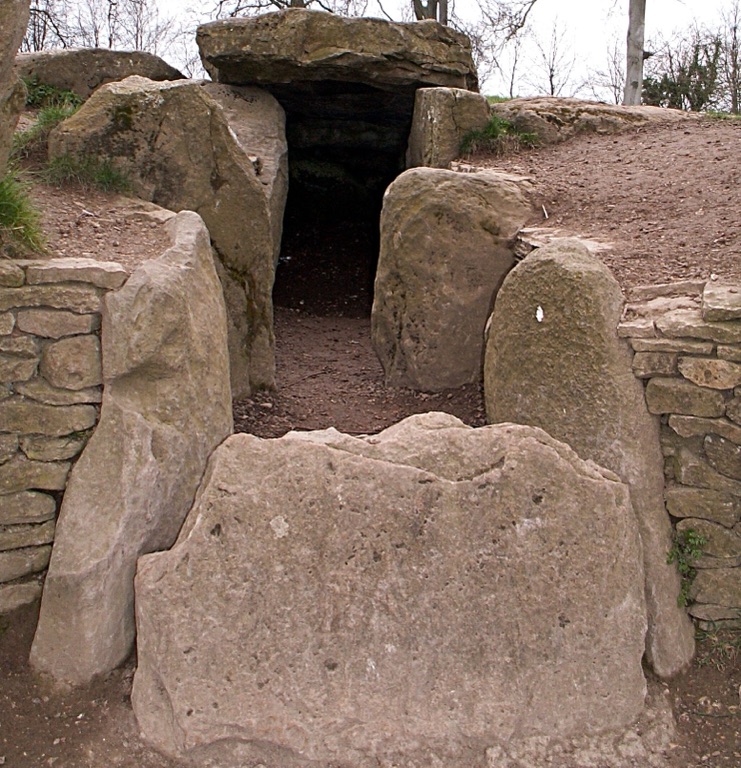Summary
The Enigmatic Past of Wayland’s Smithy
Nestled within the lush landscape of the Berkshire Downs, Wayland’s Smithy tells a tale as old as time. This Neolithic long barrow resonates with the mystique of ancient civilizations. Legend intertwines with history, suggesting a forge run by the mythical blacksmith Wayland. It remains a captivating enigma, drawing visitors to explore its enshrouded past. The atmospheric site, featuring an awe-inspiring stone chamber, is a testament to the sophisticated construction skills of our ancestors. Admirers of archaeology and folklore alike are captivated by the legacy etched into this historic monument.
Get your dose of History via Email
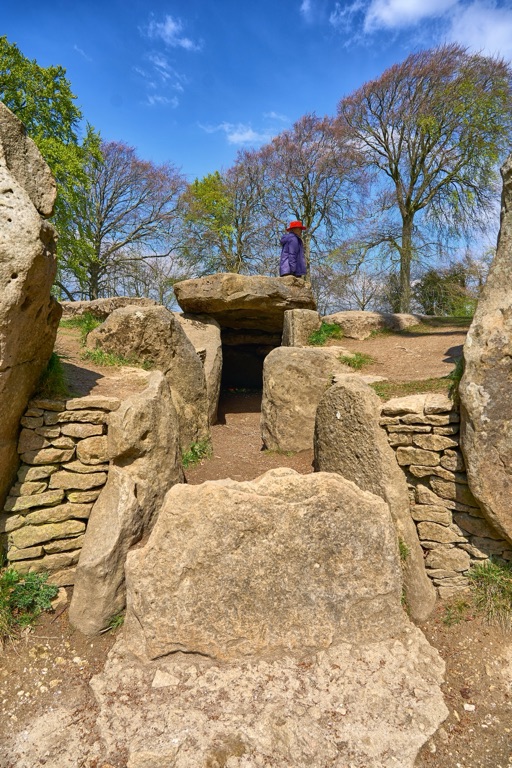
Wayland’s Smithy’s Architectural Splendor
The Smithy, a marvel of prehistoric craftsmanship, showcases the awe-inspiring endeavor of Neolithic builders. Its enduring structure, composed of sarsen stones and earth, has withstood millennia. Visitors marvel at the site’s entrance, guarded by impressive standing stones. These lead to an inner chamber, a quiet haven that once served as a communal burial ground. A walk through the Smithy unveils its historical significance, evident in the careful arrangement of its stones and the earthwork that rises above the landscape. It’s a striking symbol of bygone rituals and a connection to the spiritual beliefs of the Neolithic people.
Unveiling the Mysteries of Wayland’s Smithy
Today, Wayland’s Smithy is not just a historical site; it is a puzzle waiting to be solved. It stands as an open book to those who seek to understand the lives of those who came before us. Archaeological digs over the years have unveiled artifacts and human remains, offering a glimpse into the burial practices of the time. Yet, much about the site’s original use and the stories it holds remains veiled in mystery. Explorers and historians are drawn to this mystical place, yearning to uncover more clues that will piece together the site’s ancient story.
Historical Background of Wayland’s Smithy
Neolithic Wonders: Understanding Wayland’s Smithy
Wayland’s Smithy whispers the secrets of ancient times from the heart of Oxfordshire’s landscapes. This historical site is one of Britain’s most impressive and atmospheric Neolithic long barrows. It dates back to around 3500 BC. This ancient tomb reveals the remarkable engineering skills of people from over 5,000 years ago. It is a well-preserved marvel. Visitors can wander through its large stones and feel the aura of the past. The site’s connection to the mythical blacksmith Wayland adds a layer of intrigue. This makes it a magnet for both history buffs and those drawn to the mystical.
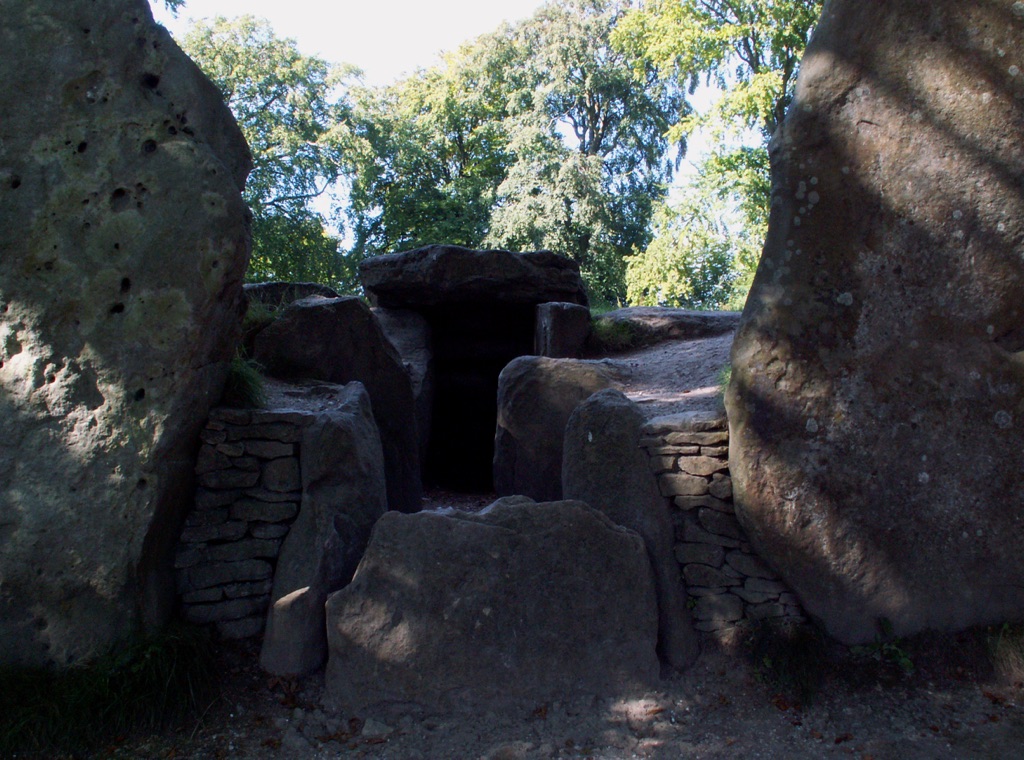
Unveiling the Structure of the Smithy
The site’s structure is a window into its function as a communal burial place. Its length stretches over 185 feet, setting it apart from other long barrows. A stone-lined passage leads into the chambers, where the remains of the departed once lay. The careful placement of sarsen stones suggests a spiritual or ceremonial purpose. The builders placed each stone with intention, creating a lasting legacy. The Wayland’s Smithy we see today is the result of two phases of construction. This adds complexity to its history. These phases reflect the changing burial practices over centuries.
Archaeological Insights and Discoveries
Excavations have unearthed human remains, pottery, and flint at Wayland’s Smithy. These finds provide a vivid look at the Neolithic way of life. The site was not solely for burial; it likely played a role in rituals and gatherings. Discoveries also point to a respect for the dead that equals modern sensibilities. The community would gather at this ancient landmark. They would honor their ancestors and uphold sacred traditions. Each artifact reveals new details about the people who built this monumental structure. Therefore, it deepens our connection to our shared human history.
Wayland’s Smithy continues to inspire curiosity and study to this day. Its design and contents attract scholars eager to piece together the cultural tapestry of Neolithic Britain. Moreover, the site stands as a testament to the sophistication and beliefs of our early ancestors. It draws us closer to understanding our beginnings. As we traverse the same grounds they once did, we share a timeless bond with history.
In summation, Wayland’s Smithy is more than just an archaeological site. It is a poignant reminder of human endeavor and a symbol of enduring legacy. Visit, and you tread the same earth as those who lived millennia before us. You encounter a history that is as intriguing as it is profound. Wayland’s Smithy stands as a proud example of the distant past reaching forward into our present.
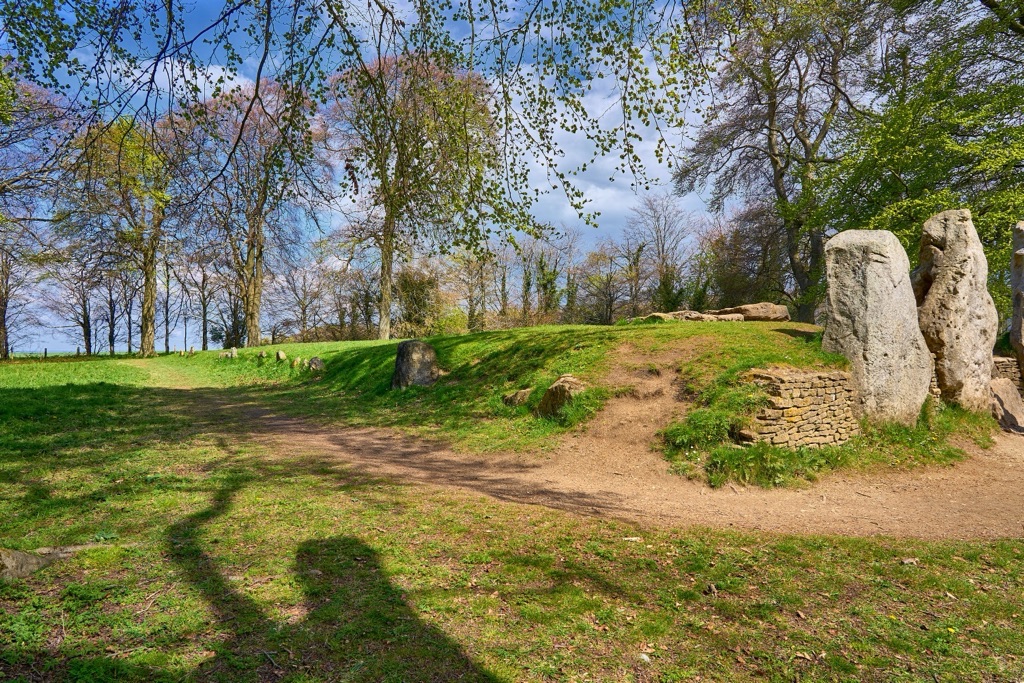
The Discovery of Wayland’s Smithy
Unearthing the Smithy’s Origins
The discovery of Wayland’s Smithy was not a singular moment but a gradual unveiling. For centuries, the site existed as a feature of the landscape, shrouded in local legends and folklore. It was widely recognized as an ancient monument by the locals. Yet, it wasn’t until the interest of antiquarians in the 18th and 19th centuries that the significance became clear. The structure captured the attention of scholars seeking to understand Britain’s prehistoric past.
Initial Excavations Reveal Its Depth
In the early 20th century, notable archaeologists turned their tools to the Smithy’s earth. They had a goal to uncover its secrets. The excavations led by men like Stuart Piggott and Richard Atkinson in the 1960s were particularly groundbreaking. These studies revealed the site’s complex structure. They noted the barrow’s two distinct phases of construction. These findings shed light on the rituals and burial practices of Neolithic societies.
Wayland’s Smithy Enters Public Consciousness
Before these methodical excavations, the Smithy was merely a name on a map for many. Now, it became an icon of British prehistory. Reports and findings published after these excavations sparked public interest. This attention brought to life the age-old connection between the land and its people. It cemented Wayland’s Smithy as a key feature of Britain’s national heritage. Consequently, this led to its preservation as a place of historical importance.
Subsequent studies have only deepened knowledge of the site. Specialists have meticulously recorded the Smithy’s features. They’ve analyzed finds such as pottery shards and human remains. This work gives insight into the Neolithic period. Through this research, the importance of Wayland’s Smithy has become ever clearer. It serves as a window into a past society both mysterious and sophisticated.
Today, Wayland’s Smithy is a cherished historical treasure, revered for its grandeur and mystery. Advanced research continues to unlock the stories embedded in its stones and soil. These discoveries bring us closer to understanding the lives of our ancient ancestors. The site’s discovery has thus become an evolving journey. It unites the past with the present through ongoing exploration and interpretation.
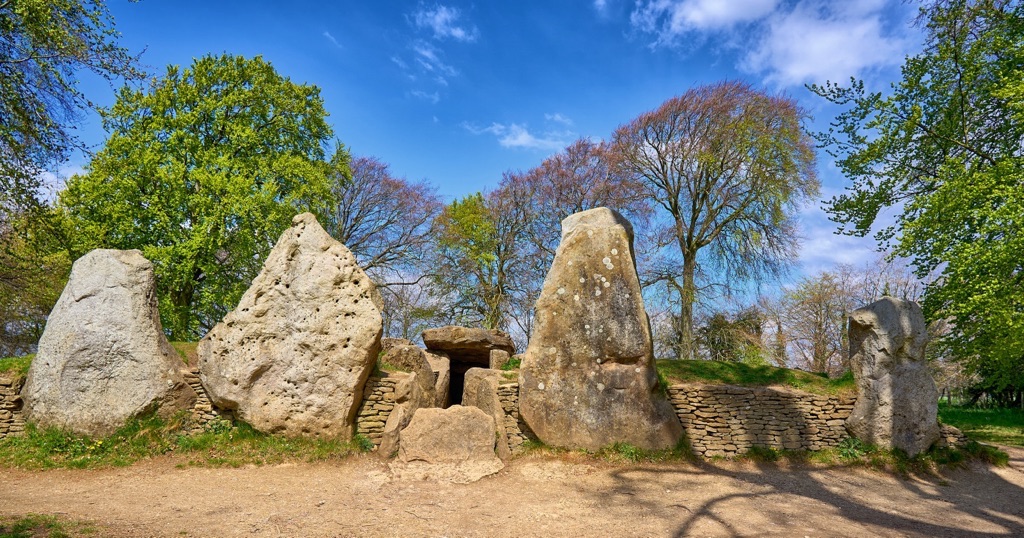
Cultural Significance, Dating methods, Theories and Interpretations
The Cultural Impact of Wayland’s Smithy
Wayland’s Smithy stands as a symbol of cultural identity, rooted in the past yet resonating with the present. It embodies the mythology and traditions of Neolithic society. The monument is a link to the enigmatic blacksmith Wayland. This legend permeates English folklore. The Smithy not only represents an ancient past but also connects to the cultural psyche. It nourishes our collective imagination through stories passed down generations. Celebrations and gatherings at the site reinforce its cultural importance, tying it to the living community and heritage.
Establishing the Timeline: Radiocarbon Dating
To unravel the history of Wayland’s Smithy, scientists have employed radiocarbon dating. This method measures carbon isotopes in organic material found at the site. It has established that the Smithy dates back to about 3,600 BC. This precision offers a clearer picture of when the monument was first used. It adds depth to our understanding of the Neolithic era. Although dating has been instrumental, some gaps in knowledge persist. This leaves room for interpretation and continued exploration.
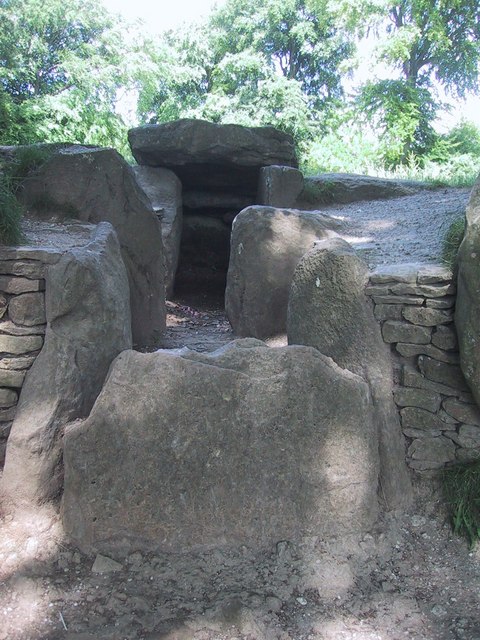
Theories Surrounding the Smithy’s Purpose
Various theories try to explain the purpose of Wayland’s Smithy. Some suggest it was a communal tomb, a sacred place for the dead. Others see it as a ceremonial site, integral to the spiritual lives of its builders. There’s consensus that it was significant for rituals that bound the community together. But the full spectrum of its use still fuels academic debate. Thus, Wayland’s Smithy remains an open-ended chapter in Neolithic studies.
The interpretations of Wayland’s Smithy evolve as new findings come to light. Academics scrutinize every aspect, from its architecture to the artifacts within. They offer insights into the beliefs and daily lives of ancient Britons. As we decode more about the site, interpretations continue to shift. In this way, Wayland’s Smithy is a living narrative, unfolding new chapters with each discovery.
Overall, Wayland’s Smithy is a complex tapestry of history, culture, and mystery. Its stones hold stories waiting to be told. Its significance extends beyond the realm of academia into the consciousness of the broader public. The enduring fascination with this ancient site fuels the quest for comprehension. It also nurtures a sense of wonder about our ancestors and their lasting mark on the landscape.
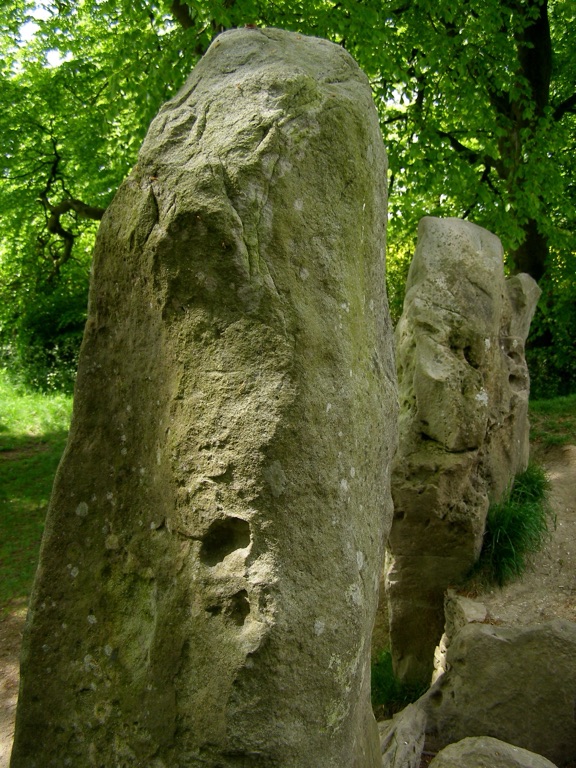
Conclusion and Sources
In exploring the depths of Wayland’s Smithy, we have journeyed through time to grasp the echoes of a mysterious past. A site of architectural marvel and cultural significance, it has intrigued generations. The Smithy sheds light not only on the rituals and beliefs of the Neolithic people but also reflects the ongoing curiosity of the modern world. As we continue our quest for knowledge, this historical landmark stands as a testament to the sophistication and spirituality that flourished over 5,000 years ago. Its stones and stories remain an invaluable part of our collective heritage — a link to the early dawn of human culture.
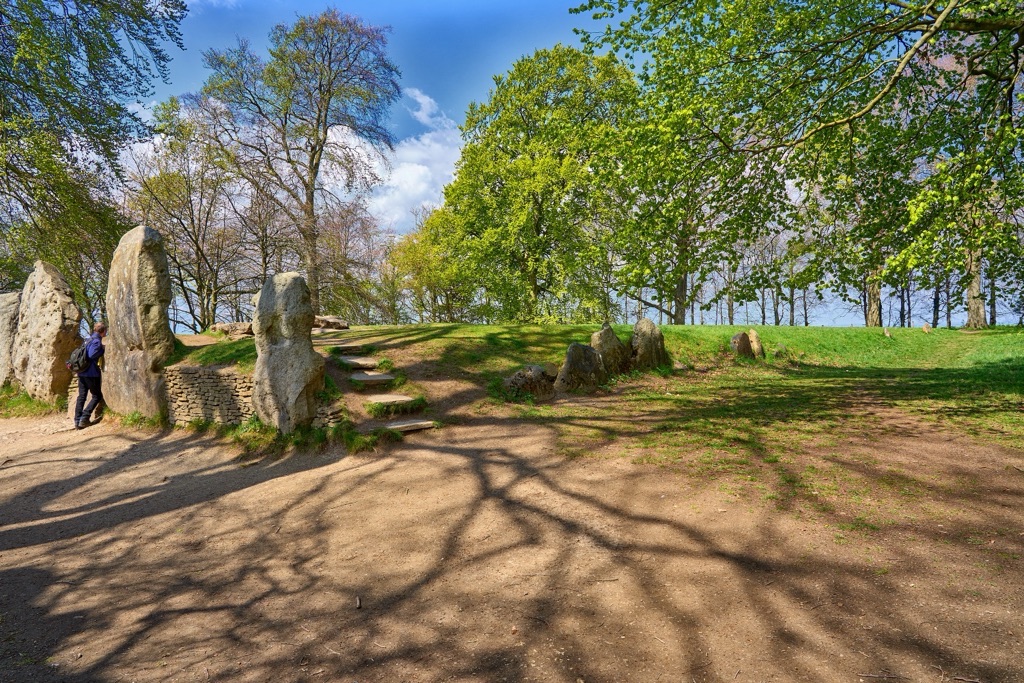
For further reading and to validate the information presented in this article, the following sources are recommended:
Or you can check any of these reputable archaeological and historical texts:
English Heritage. (n.d.). ‘Wayland’s Smithy.’ English Heritage.
Piggott, S. (1962). ‘Wayland’s Smithy, Oxfordshire: Excavations at the Barrow in 1962.’ The Antiquaries Journal, 42(2), 196-223.
Historic England. (n.d.). ‘Wayland’s Smithy.’ Historic England.
Atkinson, R. J. C., Piggott, S., & Sanderson, S. N. (1951). ‘Excavations at Wayland’s Smithy, Oxfordshire, 1955-6.’ Proceedings of the Prehistoric Society, 17, 212-30.
Ashbee, P. (1996). ‘Neolithic Megalithic Tombs and Other Sites.’ In, ‘The Prehistoric People of the Chilterns.’ Chalfont St. Peter: Bradt Publications.

